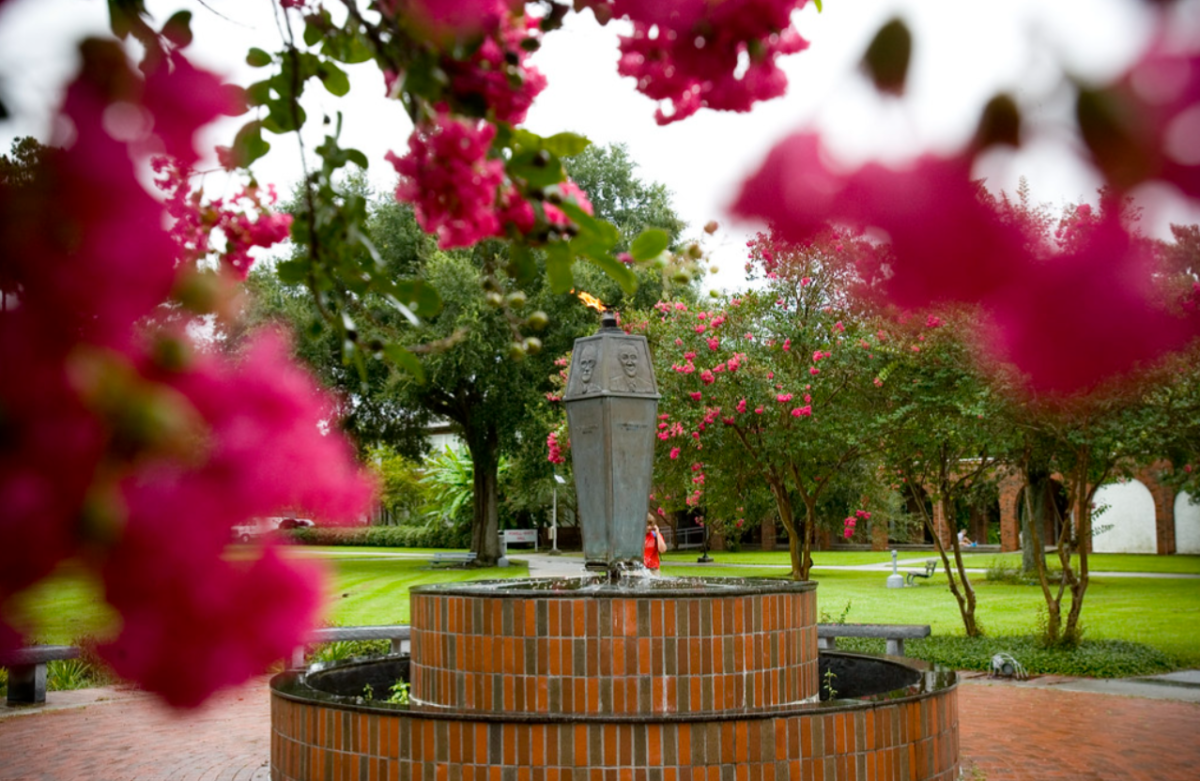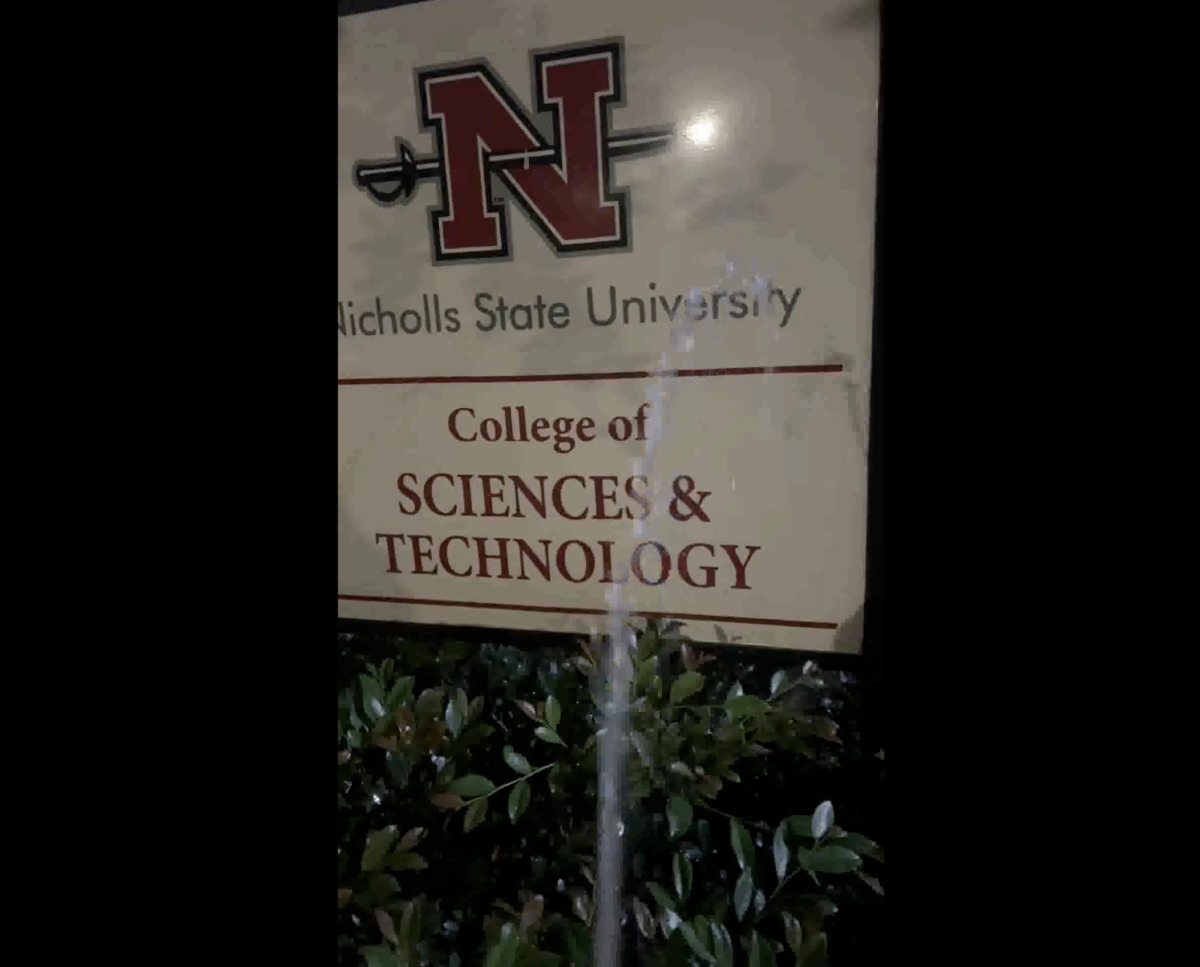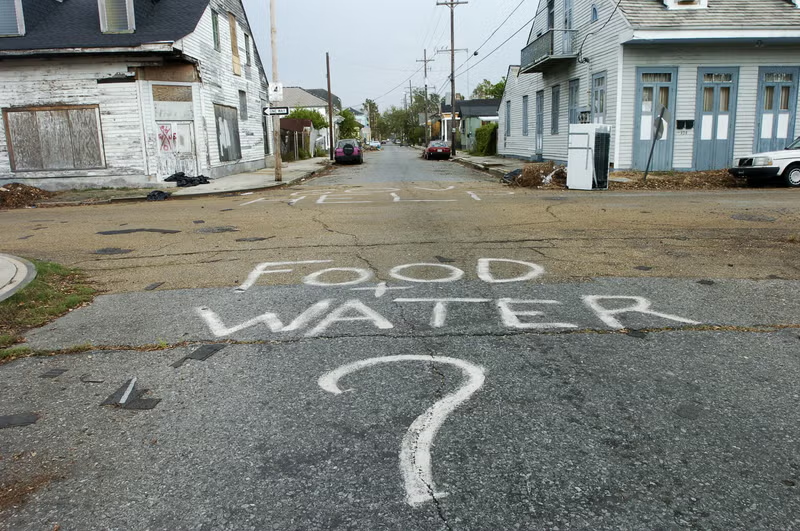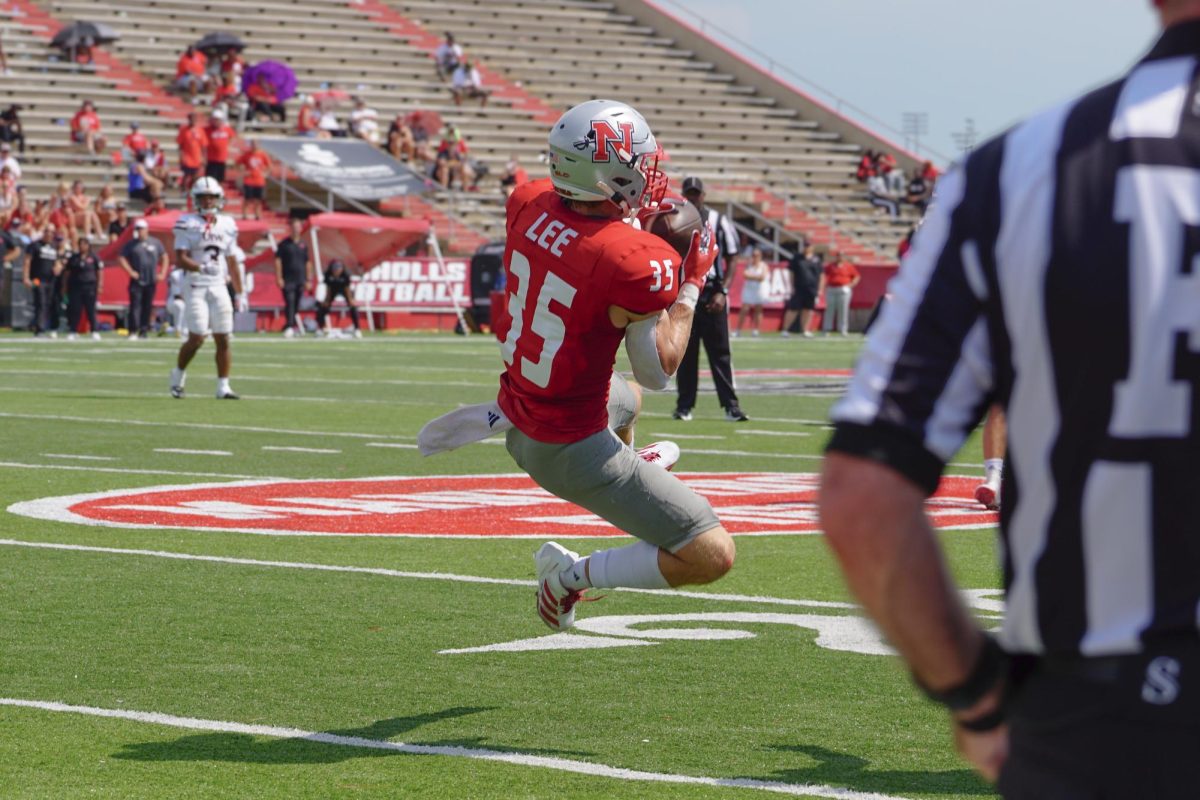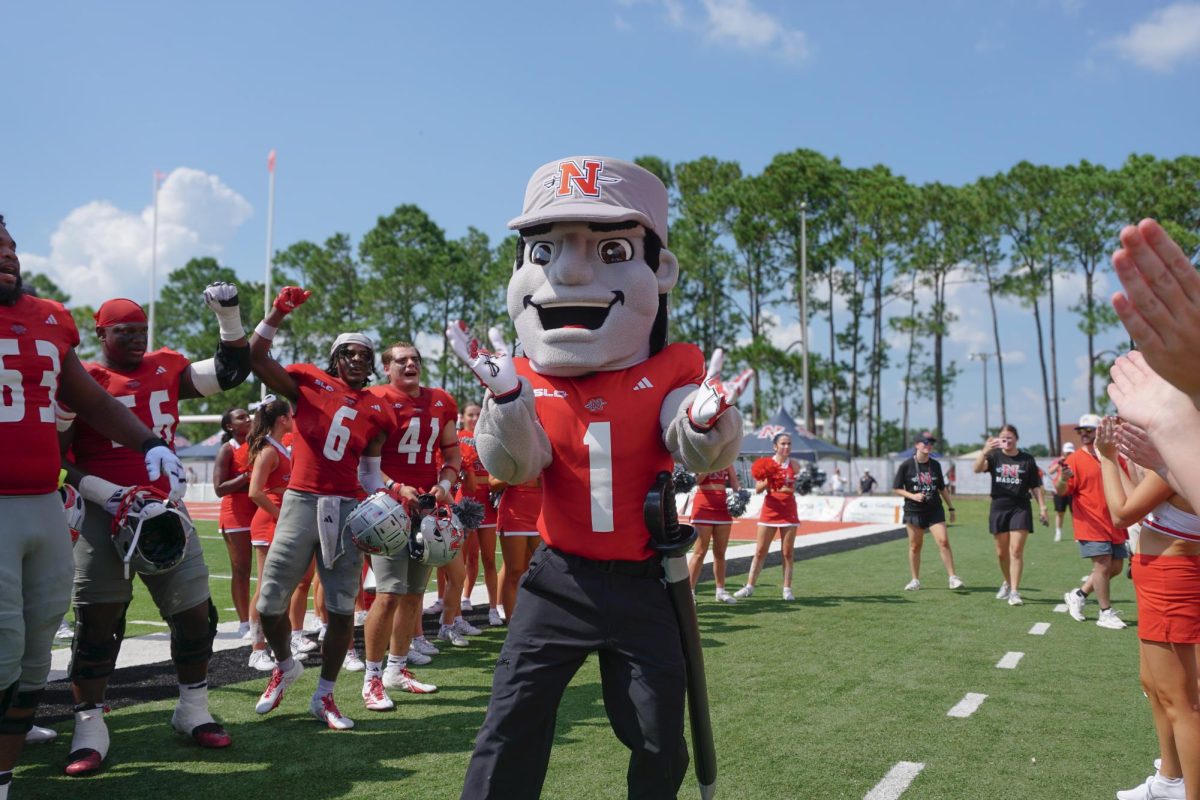When I’m on the road undertaking my academic travels, like when I’m going out-of-town to make a scientific presentation, I find the long interstate drives can be incredibly boring. This doesn’t make me different than any other driver, except perhaps for the fact that the minds of most others are not flipping though PowerPoint slides of DNA structures while they’re driving.
What really makes me different is what I do to transcend that monotony.
Most others, not so unlike yourself, listen to music, chew gum, use a cell phone or count the number of white dashes on the centerline and calculate their frequency per mile.
For me, however, every trip is an adventure, a mission, a quest – every trip is part of a grand crusade to find a really great local gas station.
The first step in finding a great gas station is to assess the name. You’re looking for a local name that makes it worth your while to exit, decelerate and then attempt to merge into a line of slow-moving villagers in the throes of repressed road-rage because it’s travelers like you that changed their main street into a thousand yards of four-lane traffic.
You typically find a great-named gas station by reading the big blue highway signs that tell you which attractions to expect at an exit. If there’s a blue sign that lists one or more of McDonalds, Burger King or Taco Bell, then chances are you’ll only find a generic station that sells gas – some big, monopolistic name like Exxon or Chevron or Shell. Big deal.
But when the big blue sign lists no fast food places and only one gas station, then you’ve found a candidate for true gasoline greatness.
Such stations usually have local family names and affiliations like “Gautreau’s Gonzo Gas and Goodies” or “Bubba’s Mama’s Niece’s Truck Stop.”
These names mean that gas is second fiddle (or second ukelele, depending on the interstate) to the things they’re really trying to sell you – things mostly useless but which you can likely find nowhere else, or at least at no other gas station in the world. Just like a green, moldy wheel of creamy French cheese, it’s what’s inside that counts.
Inside such a great gas station in Louisiana, for example, you might find wall-sized displays of fishing lures, collections of bronze antlered mantelpieces, varnished alligator parts made into bathroom utensils, plastic ten-legged crustaceans in compromising positions and contrived sea shell souvenirs that would dissuade even the most desperate hermit crab.
Beyond these kitschy amusements, however, there are many fine examples of gas station cuisine.
On a recent trip to Lafayette, I was stunned to discover one of the finer examples of such goldenness.
Beyond the battling family brands of pork rinds (alternatively labeled “chicharrones” for pre-amnesty fuelers), across from the little plastic bags of dried shrimp (which really should express an expiration date), beyond the rotisseried links of andouille (so dehydrated they no longer sweat) and aside from the homemade pralines (topped with whole, roach-shaped pecans), there, on the bottom rack of junk food snacks, was the traveler’s treasure: a little-known, regionally-baked, old-fashioned brand of Chee-Weez.
Now, this is literally your mama’s Cheetos. This is one of those under-the-radar, Ralph Nader brands of cheese snacks packaged in a double-layered cellophane bag because, unlike national brands, they don’t get manufactured frequently enough to be sold before expiring.
This is the kind that, unlike the Frito-Lay version, doesn’t pretend to be “baked” (even though it is), doesn’t pretend to contain real cheese (because the artificial flavors are stronger) and is a good source of dietary iron (because the old family factory is rusty). Brother, they just don’t make ’em like this anymore.
Now, why is mention of cheese-flavored junk food pertinent for you as a college student? On the road for a holiday or between classes, a modern bag of Chee-Weez is a great snack; it’s low in sugar, has no cholesterol, got a little bit of protein, a little bit of calcium and, if you eat multiple servings at once, a little bit of fiber.
Besides, we all know that more of you than are willing to admit share have one of those cuddly, four-foot long Chester Cheetahs velcroed to your bedpost.
And you can deny it all you want, but we can all tell you’ve been munching Chee-Weez. Like smoking cigarettes, your stained fingers are a dead giveaway.
As I drove home from Lafayette last week, with the canals and fallow fields brightly colored with the yellow tops of pisse-au-lit flowers in full bloom, I was pleased to see this small-town Louisiana brand of Chee-Weez back in production.
I was reminded of all the dusty, yellow brands of Chee-Weez of my childhood – the days when men were men, when Presidential candidates were men and when cheese snacks didn’t pretend to be nutritious.
And I am certain that years from now my vital organs will be reminded of the latter as well.



